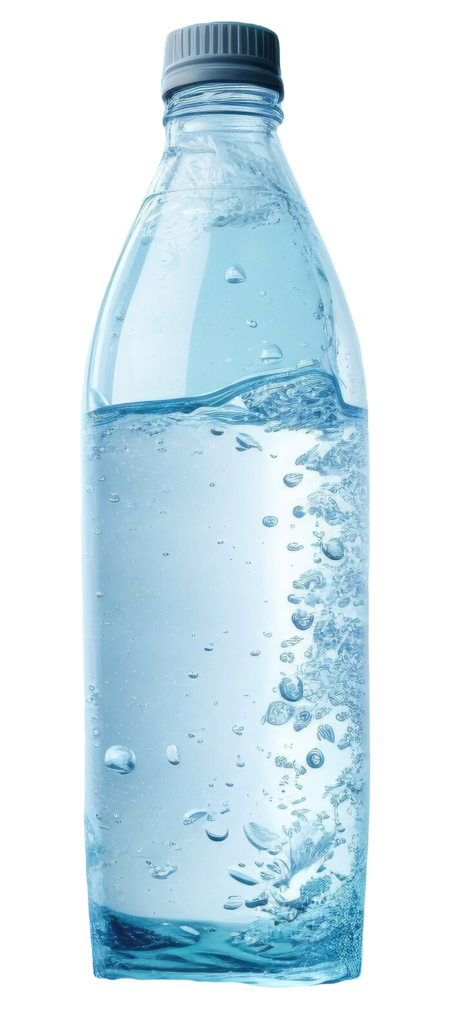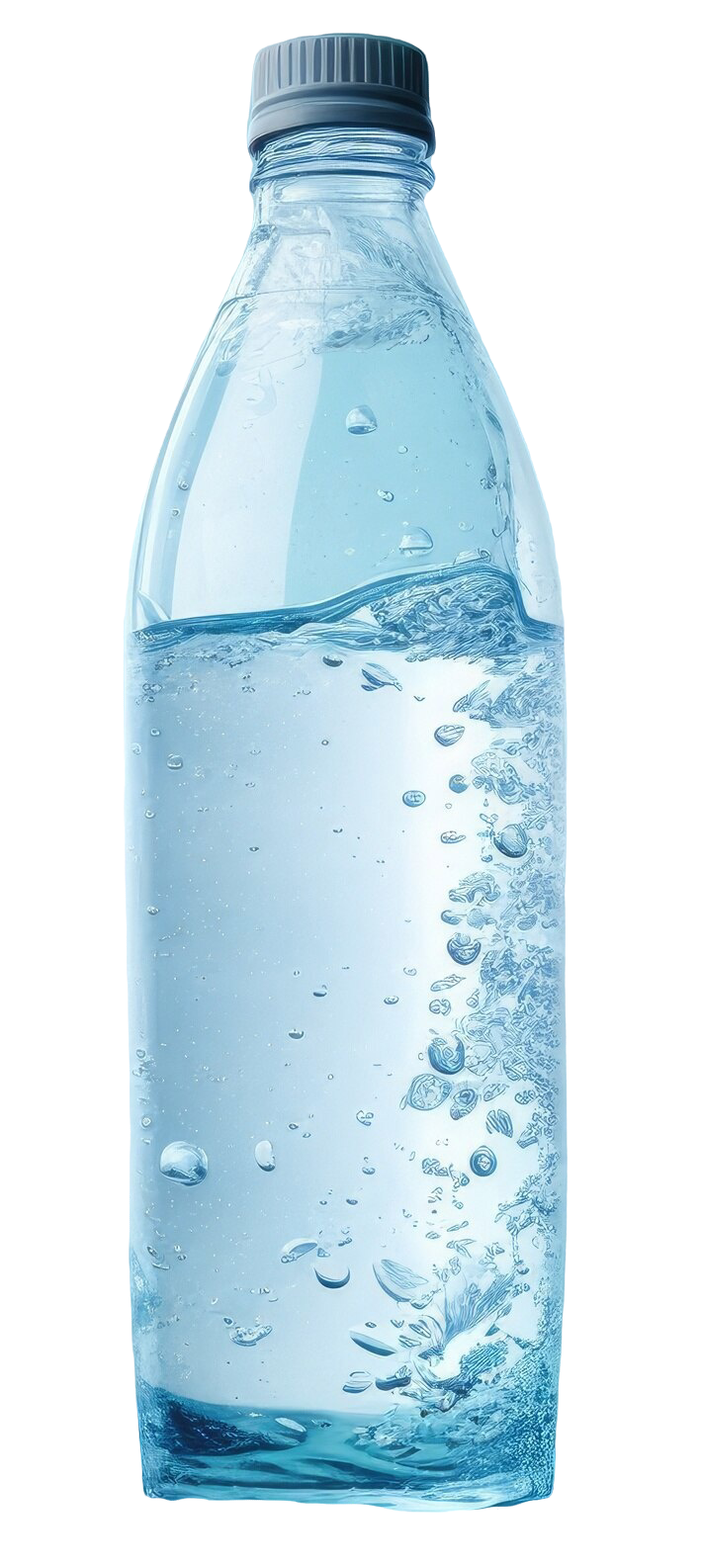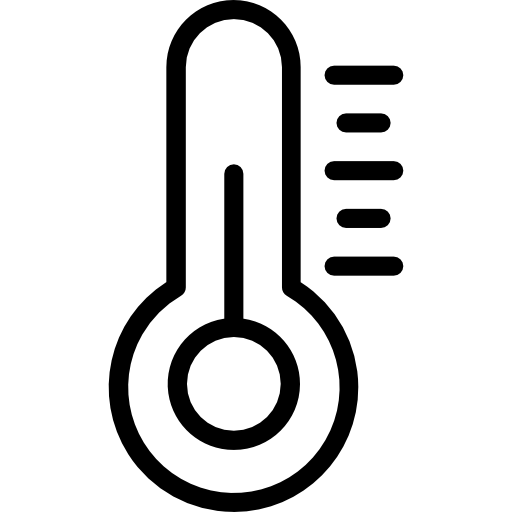Packaged Drinking Water

Exporting packaged drinking water involves adhering to various regulations and standards that vary by country. Key specifications to consider include
Contact Us For More Information
Water Quality Standards

Purity
The water must be free from contaminants, harmful chemicals, and microbiological organisms.

pH Level
Typically between 6.5 to 8.5; this is often a requirement for quality and market standards.

Total Dissolved Solids (TDS)
The concentration of all dissolved minerals, typically between 50 and 500 mg/L depending on the brand and market segment.

Heavy Metals and Contaminants
Must meet strict limits for contaminants like lead, arsenic, and mercury as specified by destination countries or international bodies.

Testing and Certification
Accredited laboratories must test the water for compliance with local and international standards. Certificates of analysis may be required for each batch.
Packaging and Labeling Standards

Material
Only food-grade materials like PET or HDPE are typically permitted for packaging, ensuring no harmful leaching into the water.

Labeling Requirements
Information like water source, pH level, TDS, expiration date, lot/batch number, volume, and importer’s details must be clearly mentioned. Labels may need to be in the language of the importing country.

Bottle Sealing
Containers must be sealed properly to prevent contamination or tampering during transit.
Packaging and Labeling Standards

Material
Only food-grade materials like PET or HDPE are typically permitted for packaging, ensuring no harmful leaching into the water.

Labeling Requirements
Information like water source, pH level, TDS, expiration date, lot/batch number, volume, and importer’s details must be clearly mentioned. Labels may need to be in the language of the importing country.

Bottle Sealing
Containers must be sealed properly to prevent contamination or tampering during transit.

Shelf Life and Storage Conditions

> Recommended storage conditions should be specified, typically cool, dry, and away from direct sunlight.
> Most countries have a maximum allowable shelf life for bottled water (often 1–2 years).
Compliance and Certification Requirements

ISO Standards
Consider compliance with ISO 22000 (Food Safety Management), ISO 9001 (Quality Management), and ISO 14001 (Environmental Management).
Customs and Import Documentation

Phytosanitary Certificate
Certifies that the product is free from harmful pests, as required for certain countries.

Certificate of Origin
Verifies the product’s origin and may be needed for tariff and customs purposes.

Commercial Invoice & Packing List
These detail the contents, quantity, and value of the shipment.
Logistics Considerations

Temperature Control
If necessary, storage during transit may require temperature regulation to maintain water quality.
Regulatory Compliance for Each Destination

> Familiarize with the specific import regulations and standards for the target countries, as each may have unique requirements for bottled water.
